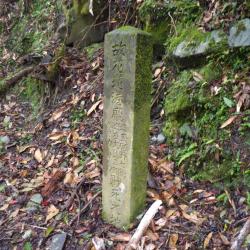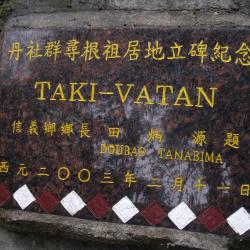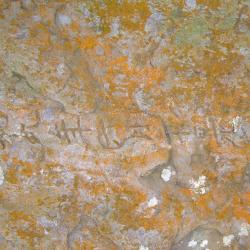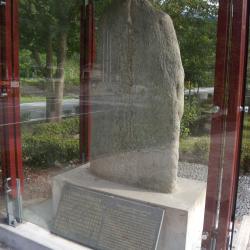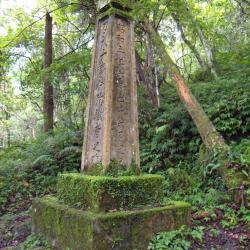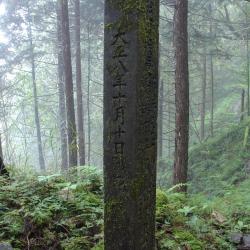The Monument of the Death of Inspector Miyano, Oshima and Government Official Kasau of Karenkou Prefecture is located beside the Batongguan Traversing Historic Trail, about 1,900 meters above sea level, south of Pengke Police Post, and about 1.8 km away from Eshira Police Post. Originally, there were three wooden pillars erected to commemorate two officers and one government official who were ambushed and killed during their duty on March 16, 1921. It was later converted into one reinforced concrete obelisk-shaped monument in the mid-Japanese occupation period in the 1930s.
